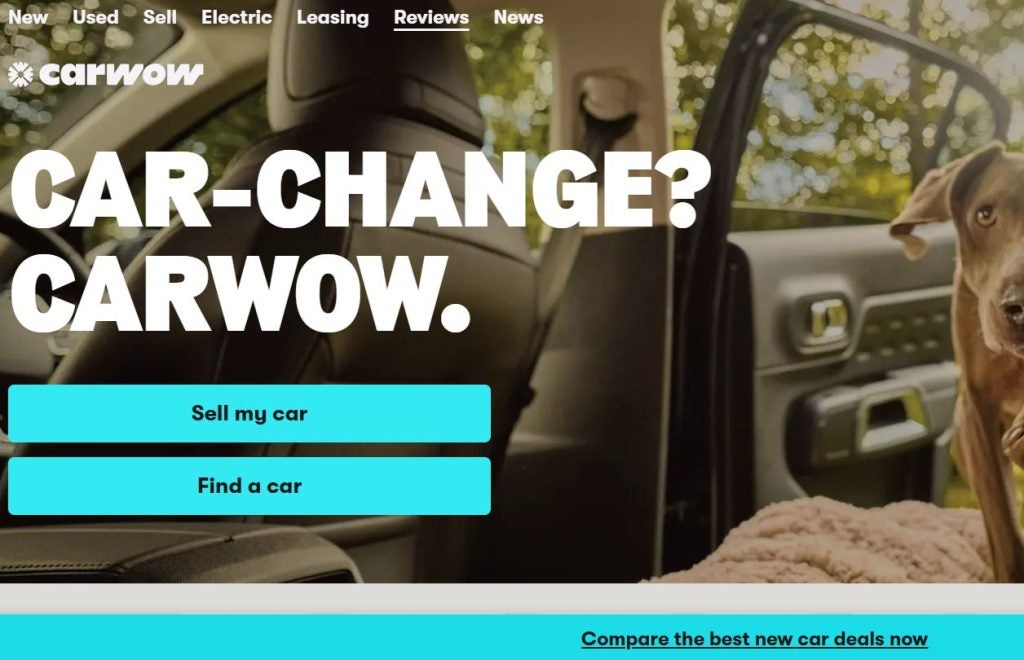The terminology may have been diverse but the theme, using technology to aid best practice, was consistent at the Finance & Leasing Associations 2012 Used Car Seminar. Richard Brown spent the day at the Volkswagen National Training Centre in Milton Keynes.
Speakers at the Finance & Leasing Associations (FLA) third annual Used Car Seminar emphasised digital marketing and trading were not a silver bullet or panacea to combat supply or sales problems, but were tools to help customer service.
The seminar took the theme of utilising technology to increase second-hand vehicle customer footfall and retention, and featured presentations from dealers, finance providers and digital experts.
Chairman Chris McGowan, visiting professor at the University of Buckinghams Business Schools Centre for Automotive Management, introduced the concerns of attendees by speaking of the way in which technology sweeps through new car sales, including the struggle to supply stock in a buoyant sales market.
Speaking afterward, Paul Harrison, head of motor finance at the FLA, said the seminar was well received by delegates, who appreciated that technological innovation needs to be backed up with good old-fashioned customer service.
Harrison added: Ensuring dealers and lenders have a strong online presence is also vital, given research now suggests thatconsumers only visit a dealer once before buying.

US Tariffs are shifting - will you react or anticipate?
Don’t let policy changes catch you off guard. Stay proactive with real-time data and expert analysis.
By GlobalDataHow to increase footfall in showrooms
Adrian Lewis, group used car director at Marshall Motor Group, opened the day by saying the industry could not rely on technology but required a very integrated approach to retail, as employed by Marshall.
Selling used cars should always be about quality, said Lewis, starting with a market proposition that matched stock profile, pricing and other facets, and was communicated thoroughly among sales staff. Technology, then, could help companies identify their niche within local and regional markets while rebalancing the work of employees who spent far too much time trying to put out fires and not selling cars.
Lewis said technology would help bring more buyers into the business while:
facilitating online supply of stock from individuals and leasing companies;
bringing in the right mix of stock, not the cheapest;
covering as wide a marketplace as possible;
prompting staff to check internet propositions to gather a rounded idea of customer
enquiries;
researching stock profile trends beyond simply driving down margins.
Perhaps the greatest application and potential pitfall of technology, for Lewis, lay in promotion of brand identity, which takes a long time to build and is very easy to destroy.
Saying there was nothing worse than disparate ad campaigns, Lewis advised delegates to have press, online and showroom promotions dovetail, advertise only competitively priced cars and stick to consistent themes.
With four-fifths of customers looking at them, dealers websites must be made as easy as possible to navigate, Lewis advised, and must make the most of clickthroughs from manufacturer programmes, and hold at least nine good-quality photos of every car, cleaned and without snow or autumn leaves dating it in the background.
Finance solutions for the used car market
Harvey Stead, sales director at Close Motor Finance demonstrated how the internet now meant all dealers were selling in a nationwide market and people will travel a 250-mile round trip to save £200.
In practice, dealers online presentation and general preparation was still poor and would need to be more structured and more professional in a cutthroat used car market, said Stead.
Online research had given customers a better understanding of finance, residual values, voluntary terminations and rights, and underwriting, which we all try to make as customer-friendly as possible, but was becoming tougher than ever.
While finance houses fielded more stipulations over term lengths and deposits from 2008, mid-market customers, not even near-prime, were finding it harder than ever to get a car.
Additionally, underwriting was ever more critical, said Stead, and impacting loan-to-value at a time of decreasing prevalence and expertise among used-car business managers and lack of product development in a diverse marketplace.
To combat this, Stead recommended finance providers could take advantage of Treating Customers Fairly regulation our industry was frightened to death of at first. Stead asked financers to be a business partner to a dealer, not just a supplier of funds, and be more involved in point-of-sale finance.
This would mean having finance experts at forecourts at all hours including weekends, when nearly as much finance was done as during the week to provide customers with a clear, easy payment process.
Such a process should include sharing information such as breakdown of model, mix, and age of customer with the dealer to build change profiles and contact customers in good time to facilitate retention.
If [the dealer] is helping sell more vehicles, hes helping point-of-sale penetration, Stead explained.
Similarly, the finance industry did not comprehend the worth of digital marketing compared to manufacturer groups. This need for funders not just to sell cars but to put themselves at the forefront of customers minds would only increase should the qualification criteria for customers of direct lenders be widened as expected.
Stead concluded a modern combination of savvy customers, competition with unsecured business, the apex of enticing deals on new cars, bad economic news and the impact of car supermarkets, compelled financers to support dealers and raise the supply of finance in a used market that would continue to change over the next two to three years.
Point-of-sale retention techniques
Paul Bennett, sales director, Chrysalis Solmotive Group, told delegates that efforts from retailers and manufacturers to find the sweet spot of when to contact a finance customer now meant 75% of customers never got into the last third of their contract period.
Timing is crucial, said Bennett. When is a customer most open to a proposition?
The prime opportunity to propose renewal, according to Bennett, would be when the value of
a vehicle outweighed the value left to pay, but the customer was a long way from final payment.
Although not a panacea, technology is an enabler which could negate the labour intensity of finding that opportunity manually, and is now capable of tying together customer finance figures with manufacturers data of cars coming out of fleet and onto the forecourt, said Bennett, which could generate a perfect used inventory for resale the best place to go fishing.
Availability of used car stock and the impact of surplus new cars on residuals
Gary Wells, national used car manager, Volkswagen Manufacturing, told delegates the UK 2012 used car market was experiencing a lack of both stock and market predictability thanks to the eurozone crisis, the economic climate, the Jubilee, the Olympics, and bad noise around banking.
Retailer support was being pursued by all manufacturers as brands pushed both their specialised and assured products and a new transparency before customers.
In particular, VW now employed five regional used car development managers to run workshops, helping franchised dealerships maximise their retail support service.
State of the market
Mark Norman, operational development manager at CAP, assured delegates the used market was performing as predicted.
Its still brand that drivespricing in the used car market, said Norman.
Although used car prices collapsed in 2008, when 4x4s dropped 25% in a few months, measured over a five-year period todays marketplace is smack on where you expect it to be.
With regards to values, a three-year, 60,000-mile C-sector vehicle such as a traditional five-door hatchback was now the benchmark family car, and newer models of Astra and Focus dropping into the 36-month basket had bumped up average prices.
The expanse of hatchbacks had made compact premiums the danger sector in used cars, as 4x4s and prestige cars saw a resurgence, said Norman.
The demographic to be aware of was younger people attracted to smaller cars and who would make the supermini the next family car.
The fluctuating euro against sterling had also decreased profit margins in UK cars and driven up used prices. As sterling fell against the euro, the number of used cars dropped in the UK, inflating the price of the average 36-60-month-old car.
Asked where this trend would lead, Norman said nobody knows what will happen between now and 2013, and warned that sterling is as much in the mire as the euro.
Used car demand at auction
Craig Purvey, general manager of corporate sales at British Car Auctions (BCA), joked that the meeting of new technology with a market as old as the motor trade was like a spaceship colliding with a dinosaur.
Used retail appraisal in particular, said Purvey, was becoming more professional, more automated and BCA now offered software to capture accurate registrations, details, extras and condition, as well as photos of a vehicle and an audit trail, in one idiot-proof page.
While demonstrating the ability of BCAs online tools, Purvey caught the theme of the day by telling delegates technology will not give you the answer [but] it will help your process.
Although BCA was facilitating more online sales than ever, the used market was not seeing the migration out of physical auctions that some predicted.
richard.brown@vrlfinancialnews.com







